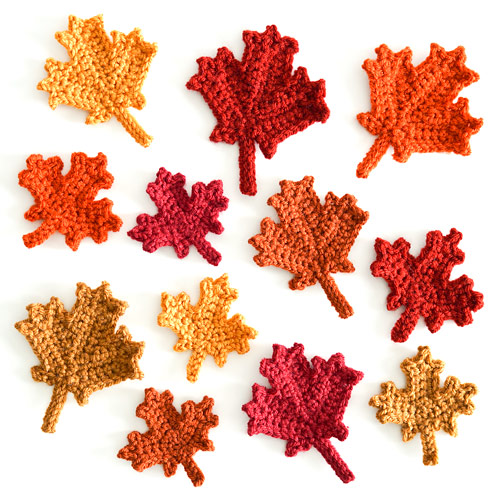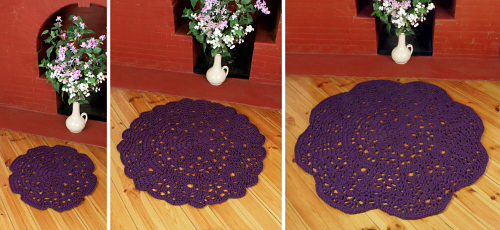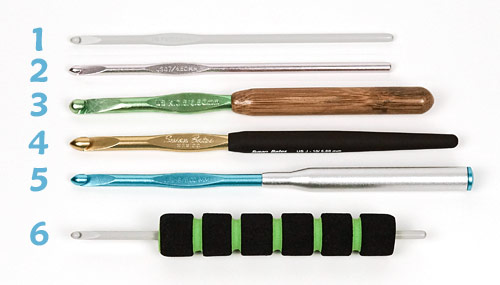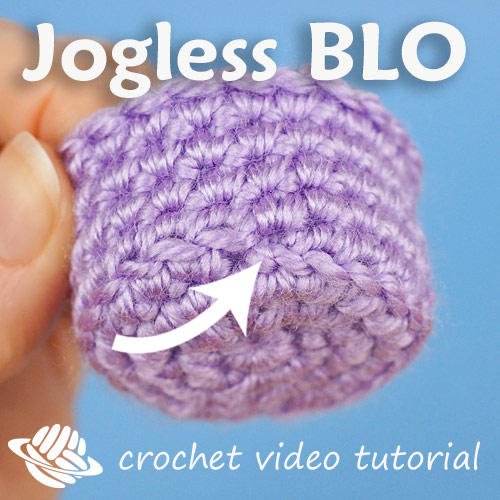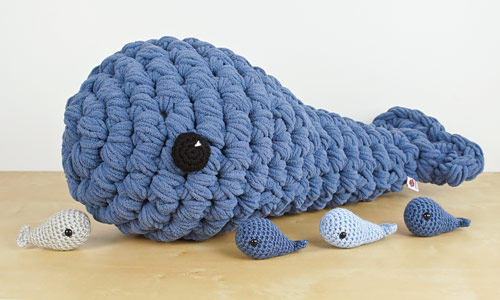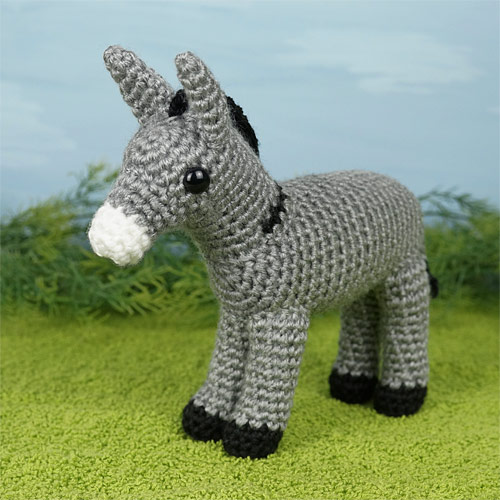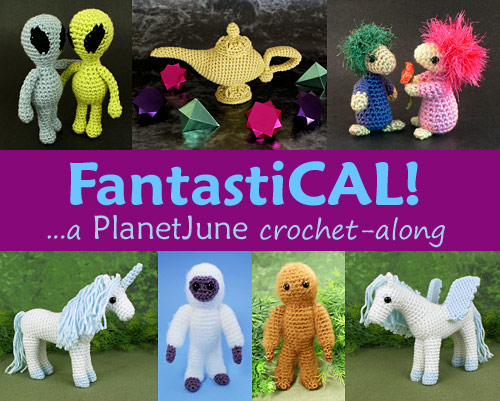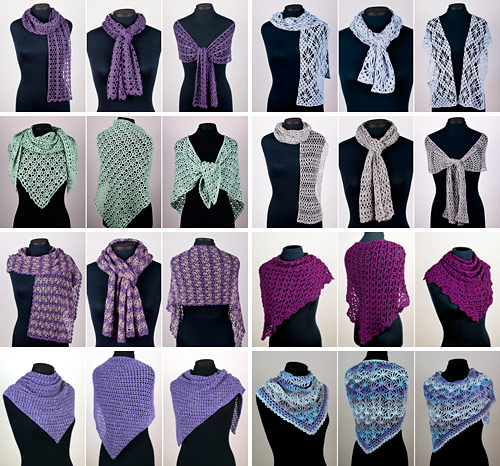
In preparation for the launch of my upcoming 2018 PlanetJune Accessories crochet pattern collection of shawls, I decided to revisit my older shawl and wrap pattern photos. When I published my first collections of PJ Accessories patterns in 2010-2012, I didn’t have a mannequin, and the old photos (with me modelling the shawls) don’t really […]

